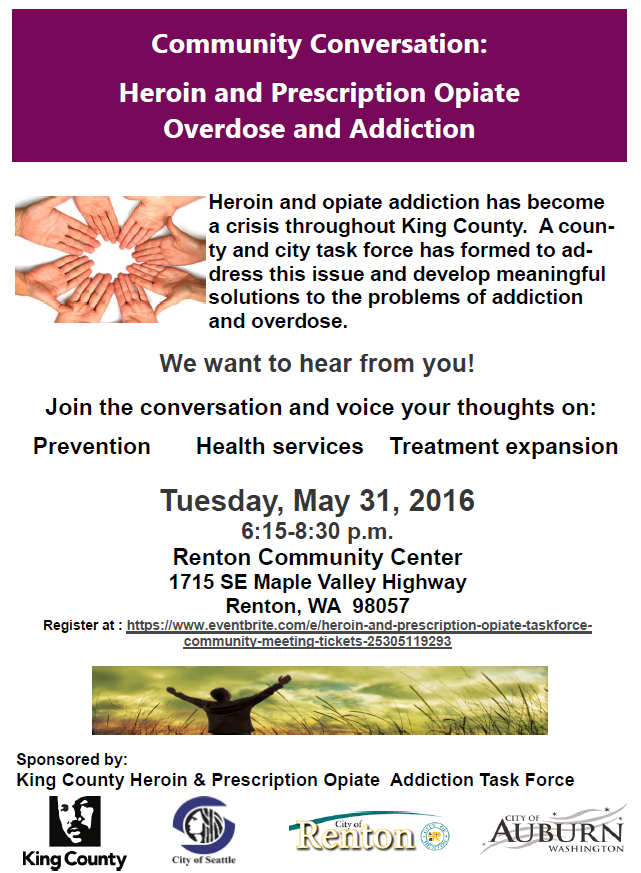Learn about the opioid overdose epidemic and how you can respond in your community. The Center for Opioid Safety Education Program at the University of Washington Alcohol and Drug Abuse Institute provides information on overdose education, naloxone, and getting help at stopoverdose.org.
A section for professionals including drug court, first responders, health care providers, pharmacists, and treatment providers has clinical guidelines and resources for prevention and education.
Watch the informative training videos here for a great overview of overdose prevention and interventions at Training videos.

